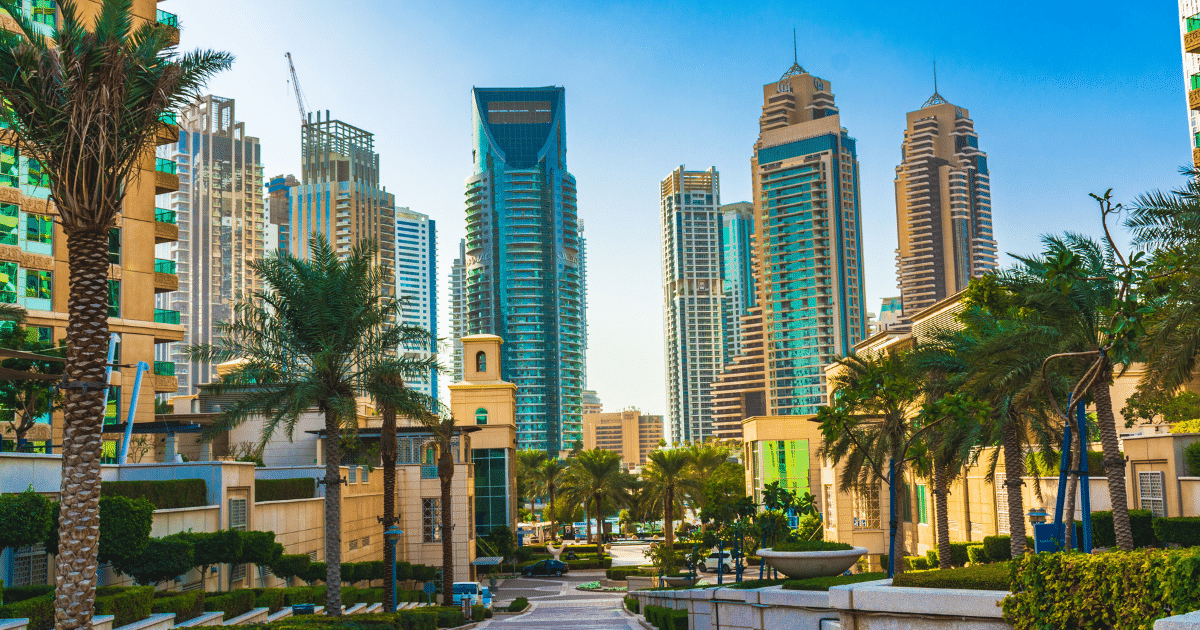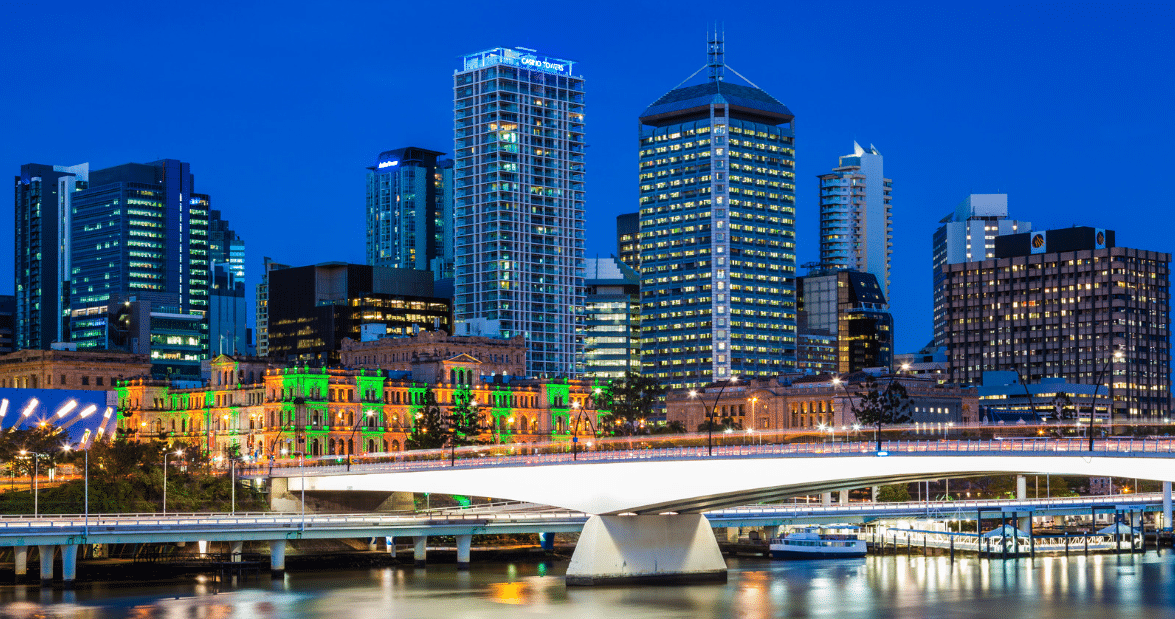New Zealand will start focusing more on welcoming wealthy investors and high skilled labour to the country after Immigration New Zealand announced an immigration system reset.
The reboot, called a ‘once-in-a-generation’ reset of New Zealand’s migration system, will gradually move the country away from its reliance on temporary migrants having lower skill levels.
Speaking on New Zealand’s immigration system, Prime Minister Jacinda Ardern said that the country’s workforce has had to cope with suppressed wages in several sectors due to its reliance on temporary skilled migrants having lower levels of expertise.
In addition, counting on the arrivals of temporary migrants having lower skill levels has also put pressure on New Zealand’s infrastructure and housing, causing costs of living to soar.
Prime Minister Ardern also said that New Zealand’s dependence on an interim workforce having lower skills had doubled to 200,000 temporary immigrants arriving in the country over the last 10 years.
Moreover, she claimed that developing a growth strategy around the housing market and immigration settings is not a sustainable long-term strategy, which was another reason behind New Zealand opting for an immigration system reset.
To move away from such a setting, New Zealand will now look to attract wealthy investors and skilled migrants with higher skill levels for innovative projects, as announced by Tourism and Economic Development Minister Stuart Nash earlier this month.
New Zealand’s changing of its immigration system has not been welcomed by everyone, with temporary migrants, who have been left waiting on decisions on their residency applications due to the pandemic, being vocal against the reset in particular.
Thousands of temporary migrants who were set to be awarded permanent residency in New Zealand have been left waiting due to the pandemic, as Immigration New Zealand works on restarting application processing after lockdowns in the country.
Kirk Hope, Chief Executive of Business NZ, also opposed the immigration system reset, saying that the so-called ‘low value’ immigrants have kept New Zealand’s export, residential and horticulture industries going even through tough times.
According to Prime Minister Ardern’s administration, almost 5 per cent of New Zealand’s workforce is comprised of temporary migrants and students – the highest share among all Organisation for Economic Co-operation and Development (OECD) countries.






